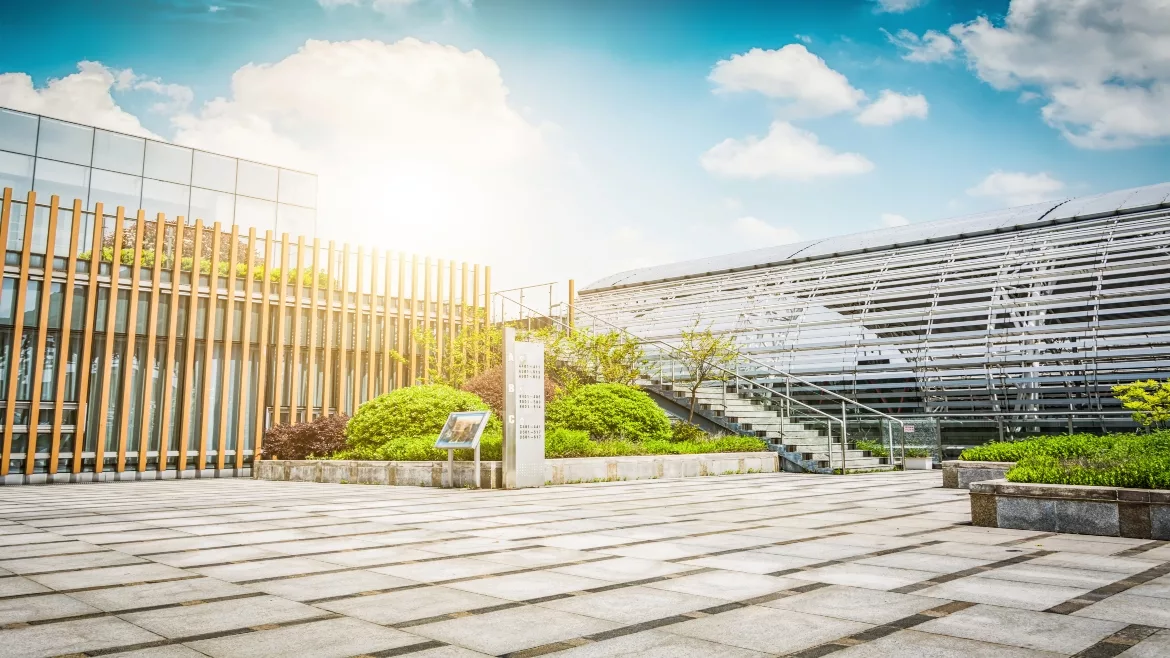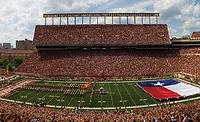Around the clock protection: How steel fencing secures perimeters

Image by evening_tao via Freepik
The stakes are high when it comes to the physical security of large commercial applications such as logistics centers, manufacturing plants and data centers. Not only do these buildings contain critical data, facilities and equipment, but they also house human beings. These two facts can make a perimeter fence a necessity.
However, not every fence is up to the challenges of keeping these sites secure. When facility managers choose a fence, they could still be vulnerable without knowing it. So, what qualities in a fence help ensure a secure perimeter?
When it comes to safeguarding assets, one of the most important characteristics of a fence is undoubtedly its strength. It’s no surprise a growing number of facility managers are turning to steel, as one of the strongest fencing materials on the market, to safeguard property. But strength alone is not the only thing a fence needs. Below are four additional features to consider when specifying a high-security steel fence for the types of commercial facilities mentioned above.
The best fence is the one never tested
Deterrence is one of the most effective ways to prevent trespassing. High-security steel fences that appear more difficult to damage, scale or otherwise bypass can halt intruders before their first attempt. Steel fences that have their vertical and horizontal components integrated or hide their fastening systems appear more difficult to cut through or remove sections of the fence. When the vertical pales are tightly spaced, they further underscore a fence’s robustness. Additionally, high-security steel fences that sport visible anti-climb features like outward curved pales and horizontal rails designed to deny foot- and handholds can help deter any would-be trespassers.
These features ensure that high-security steel fences not only appear more secure but are also more secure due to their material strength, integrated components and pale and rail design.
Rails that accommodate monitoring systems
In addition to options that can withstand brute force and more dexterous forms of trespass, high-security steel fences compatible with data and communication cables (IDS) can support a more secure perimeter. This feature allows the placement and protection of various monitoring systems, from CCTVs to motion sensor alarms, to alert security personnel of perimeter breaches in real time.
Often, when included as a part of a robust and anti-climb fencing solution, monitoring systems can help deter and deny intruders before they even manage to pass the fence line. In addition, CCTV monitoring systems can record the faces and physical details of intruders to alert guards and employees of high-risk individuals.
Berms and rackable design create a two-fold security system
Berms are often overlooked landscape features that support a secure perimeter. These raised and leveled barriers provide an effective obstacle to vehicles by reducing their ability to ram a fence or wall. While using berms as additions to perimeter security can be effective in the areas immediately adjacent to roadways, constructing them around the entire fence may not be feasible or cost-effective. As such, there may be a point when a facility’s high-security steel security fence must cross a berm. In these instances, or when the terrain around a warehouse or manufacturing plant is sloped or uneven, rackable design can help secure a site from on-foot intruders.
Rackable design allows fence panels to follow grade changes without leaving gaps along the bottom rail. By eliminating these gaps, rackable fences reduce vulnerable points. This works in conjunction with berms (or naturally aggressive landscapes) to mitigate unauthorized access by vehicle or by those on foot.
Strong fences that support occupant comfort
While the three points above focus on deterring and denying intruders, there is another security threat that plagues manufacturing plants and warehouses: employee theft. Monitoring employee activity and having zero-tolerance policies for theft can be effective means to curtail this behavior. But it can also lead to an oppressive atmosphere — one that can be bolstered by overly institutional fencing options. When employees are treated with distrust, they can also feel distrust themselves, which can increase detachment from their workplace and company success.
For this reason, it is important for managers to look for ways to support a comfortable and welcoming environment. Fencing solutions are no exception. Chain link fences and razor wire can give a cold first impression to prospective employees and visitors. On the other hand, high-security steel fences can provide strength and security.
These fences can be coated in a weather- and UV-resistant powder coat that not only helps block corrosion to ensure the structural integrity of the system year after year but also resists fading to keep the perimeter protected.
These features help a fence look more like an element of design than a security feature, alleviating an overly institutional feel associated with other fencing options.
Steel not steal
Steel provides the strength needed to protect most types of commercial facilities, from warehouses to public works facilities, manufacturing plants to data centers. However, some steel fences increase the security they provide with features that deter and deny intruders as well as elevate the design aesthetic of these sites. A high-security steel fence that has anti-climb features and integrated components, rails that can accommodate IDS cables, rackable design and a look that contributes to a welcoming atmosphere can help secure the perimeter of nearly any commercial property.
This article originally ran in Security, a twice-monthly security-focused eNewsletter for security end users, brought to you by Security Magazine. Subscribe here.
Looking for a reprint of this article?
From high-res PDFs to custom plaques, order your copy today!






